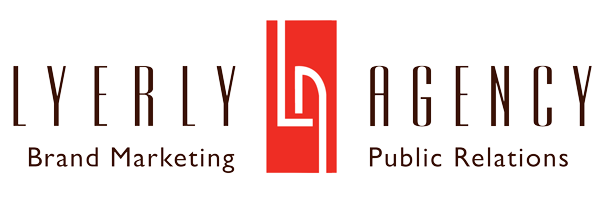As posted in the Gaston Gazette
The field of public relations has long relied on creativity to make its mark, and it’s no wonder: according to studies such as The Holmes Report’s “Creativity in PR”, 54 percent of clients ranked creativity as one of the determining factors for hiring a PR firm. Successful PR efforts are often amplified by reliable, in-depth research and information, known as data – and this can be used to bolster creativity.
But how does the combination of creativity and data work its magic? And why should you use it?
Here are a few reasons why you should use this to push your business forward:
- You’ll connect to customers with facts as well as feelings. Tapping into a customer’s or influencer’s feelings is a great way to establish a connection. But if you’re looking to connect in creative ways without rooting your attempts in specific data, that connection will likely remain superficial – or it won’t take at all. If you want to find ways to establish a rapport in complex, interesting, lasting ways, you’ll want to use data to support your work. The combination of a creative approach that’s rooted in research will appeal to customers’ hearts and their heads.
- Your big visions will be more informed. Imagine laying out an expansive vision based on pretty bells and whistles alone. That kind of approach might look attractive, but it isn’t likely to earn much respect. When it comes to successful PR campaigns, customers want to see that your vision is backed with research and evidence: information about customers, markets, cities, competition and more. Why? Because it gives your vision more depth and complexity. Reporting data also requires strong storytelling skills. This is one of the reasons that the New York Public Library’s “Insta Novels” campaign has been so successful; it’s used innovative technology – uploading entire novels like Alice in Wonderland and A Christmas Carol to the library’s Instagram stories so that they are binge-able from a small screen. The new venture boosted the library’s Instagram following by 75 percent. Because of this combination of data and creativity, it’s now easy to tell a story about the library that shows both its strong potential engagement and its capacity for success.
- You’ll improve the speed and the depth of your engagements. If you incorporate data, especially big data, into your PR practice alongside creativity, people will have access to a multifaceted vision rather than a singular one, and the project is likely to be more broadly interesting and fully supported.
- You’ll be proactive rather than reactive. We all know the advantages of using more tools to get the word out about a bit of PR news. But one of the biggest advantages of this kind of synergy is that it allows you not to just react to what’s happening to the world around you, but to be proactive in the way you engage with it. PR projects and plans benefit from a clear strategy of engagement. Data such as photos, video, infographics, becomes a tool to help people identify visions and products that have the ability to see a few steps ahead rather than just attempt to keep up.
- You’ll predict trends. Which brings us to one more point: If you can stay a few steps ahead by utilizing all the tools you’re surrounded with, you’ll be able to begin to see the trajectory of decisions and of lives. Combining data with creativity as trend prediction is also exemplified by the Gillette “We Believe” campaign: Gillette saw an opportunity to start a discussion about toxic masculinity and offer a new take on its old slogan, “The Best A Man Can Get.” The brand used this former moniker to spark discussion about bullying and about counteracting potentially damaging or dangerous behaviors. What emerged for Gillette? A clearer understanding of how the future is being reshaped in many ways by identity, and a respect for learning to use the materials already at your disposal properly.
These suggestions, of course, are just a beginning: this combination and particularly the inclusion of big data, which seems to be the next big trend, is pointing to the ever-changing landscape of PR. But it’s also pointing to an exciting world of resources at our disposal. So dive in to creativity and data not as an indulgence, but as another opportunity to connect with your customers and to reinvigorate your PR practices.
